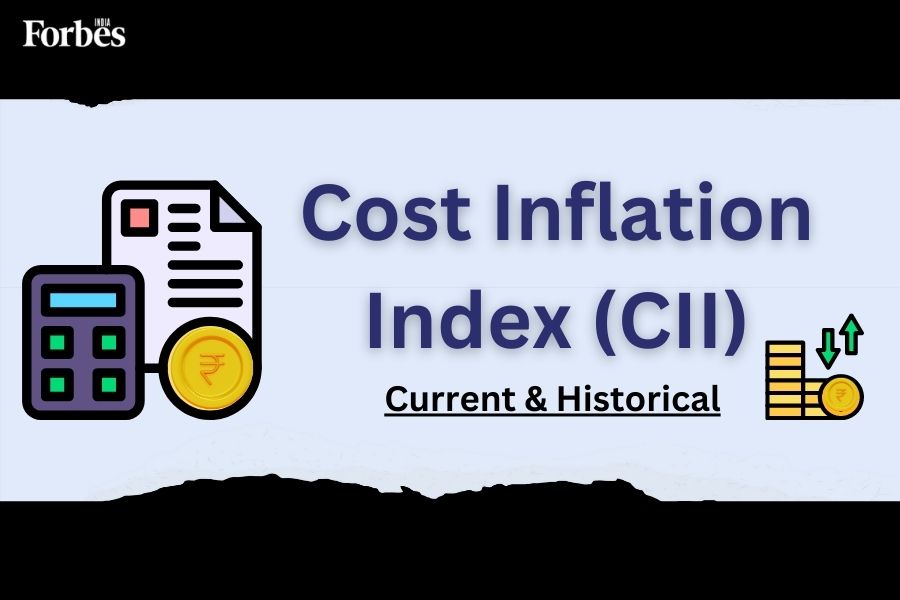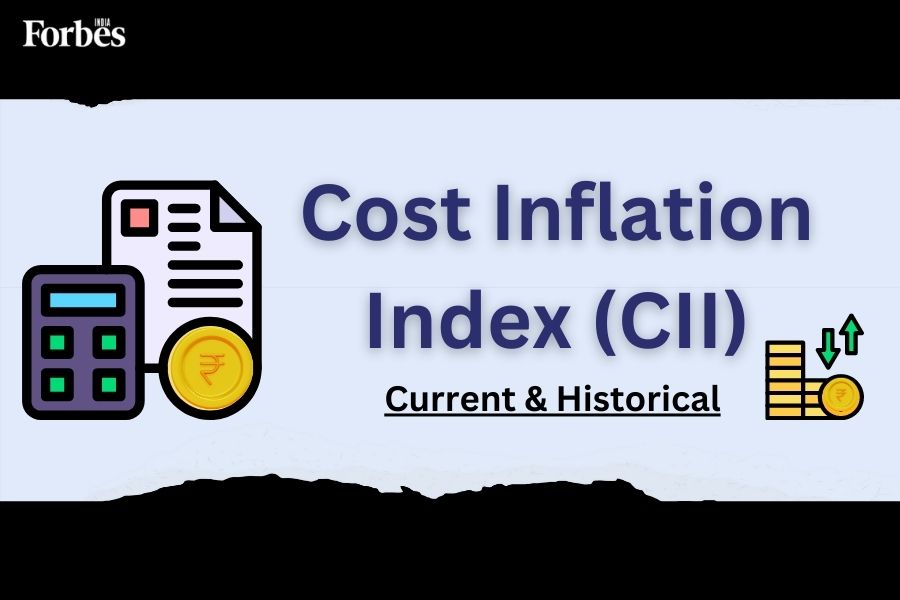
The Cost Inflation Index (CII) is a measure used by the Income Tax Department of India to account for inflation when calculating long-term capital gains on the sale of assets. It was a critical tool for taxpayers; it helped reduce the tax burden on capital gains by adjusting the asset’s purchase price for inflation. However, an announcement during Finance Minister Nirmala Sitharaman’s Budget 2024 speech made it redundant.In her seventh straight Union Budget speech, Sitharaman announced changes to the capital gains tax rates. The short-term capital gain tax rate on ‘specified’ assets was increased to 20 percent from the previous 15 percent. She added that all other financial and non-financial assets will be taxed at the applicable rates. She also revised long-term capital gains tax rates, raising them from 10 percent to 12.5 percent for all assets while increasing the exemption limit for capital gains on some listed financial assets from Rs1 lakh to Rs1.25 lakh per year.
She also announced that the indexation benefit for property sales would be removed. This move implies that people selling their property can no longer adjust their purchase price using inflation. This will reduce their capital gains and increase their tax liability, and it has made the cost inflation index redundant.
The cost Inflation Index used to be important for anyone dealing with assets that can appreciate over time. It allowed you to calculate your capital gains and the tax due on them accurately, ensuring you don’t pay more tax than necessary.
Cost Inflation Index for the Financial Year 2024-25
The CBDT (Central Board of Direct Taxes) used to release the CII annually to help calculate the indexed acquisition cost for assets sold during the financial year. The Cost Inflation Index (CII) for the financial year 2024-25 was 363. However, with the new amendments, CBDT will no longer release the CII.Also Read: Section 80C: Income tax deduction and limits under section 80C, 80CCD in 2024
Cost Inflation Index historical data: From 2001 to 2024
The base year for the Cost Inflation Index was changed from 1981 to 2001 by the CBDT. This means that the CII for the financial year 2001-02 is considered 100, and the indices for subsequent years are calculated relative to this base.Here is the Cost Inflation Index (CII) from FY 2024-25 to FY 2001-02:
| Financial Year | Cost Inflation Index (CII) |
|---|---|
| 2024-25 | 363 |
| 2023-24 | 348 |
| 2022-23 | 331 |
| 2021-22 | 317 |
| 2020-21 | 301 |
| 2019-20 | 289 |
| 2018-19 | 280 |
| 2017-18 | 272 |
| 2016-17 | 264 |
| 2015-16 | 254 |
| 2014-15 | 240 |
| 2013-14 | 220 |
| 2012-13 | 200 |
| 2011-12 | 184 |
| 2010-11 | 167 |
| 2009-10 | 148 |
| 2008-09 | 137 |
| 2007-08 | 129 |
| 2006-07 | 122 |
| 2005-06 | 117 |
| 2004-05 | 113 |
| 2003-04 | 109 |
| 2002-03 | 105 |
| 2001-02 (Base year) | 100 |
This table provides a clear and concise overview of the Cost Inflation Index over the years, which is crucial for calculating the indexed acquisition cost and, consequently, the LTCG (long-term capital gains).
The Cost Inflation Index has steadily increased over the years, as we can see, reflecting the inflation rate. This consistent rise in the CII has helped taxpayers reduce their tax liability on long-term capital gains.
How is the Cost Inflation Index calculated?
The indexation cost is calculated as follows:(Index for the year of sale/Index for the year of acquisition) x cost.Suppose you purchased a property in 2001-02 for Rs10 lakhs and sold it in 2022-23. The CII for 2001-02 is 100, and for 2022-23, it’s 317. Using the formula, the indexed cost of acquisition would be:317 / 100 * 10,00,000 = Rs. 31,70,000
What is the base year in CII?
In India, the Cost Inflation Index calculates the indices for different years based on a specific base year. The CBDT last changed the base year from 1981 to 2001, which means that the CII for the financial year 2001-02 is considered 100, and the indices for subsequent years are calculated relative to this base.Also Read: Income tax slabs in India 2024-25: Old vs new tax regime, deductions and more
The significance of the base year in CII
The base year is important in the Cost Inflation Index because it is the starting point for determining the CII for subsequent years. It allows for a standardised calculation of the indexed acquisition cost, ensuring that inflation’s impact is accurately accounted for.Changes in the base year can significantly impact the calculation of the Cost Inflation Index. When the base year was changed from 1981 to 2001 in India, the CII for 2001-02 was reset to 100. This change meant that the indexed acquisition cost for assets purchased before 2001 would be calculated differently, potentially leading to capital gains tax liability changes.Also Read: Types of Mutual funds in India based on investment goals, asset class, risk and more
FAQs
1. What is the Cost Inflation Index for the Financial Year 2023-24? The Cost Inflation Index for the Financial Year 2023-24 is determined to be 348. The CBDT or the Central Board of Direct Taxation notified of this through the Notification Number 21/2023 dated April 10, 2023.
2. What is the significance of the Cost Inflation Index in taxation? The Cost Inflation Index is important for taxation purposes. It is used to calculate the indexed cost of acquisition, which is the purchase price of an asset adjusted for inflation. This adjustment is crucial as it reduces the capital gains on which taxes are levied, thereby reducing the overall tax liability.3. What does CII mean for income tax?The Cost Inflation Index essentially measures the yearly increase in the costs of various goods and services due to inflation. Therefore, the CII number for each financial year is utilised to determine the inflation-adjusted price of a given asset. Any capital gains chargeable as per the income tax rules in India are lowered with the indexation benefit availed.
